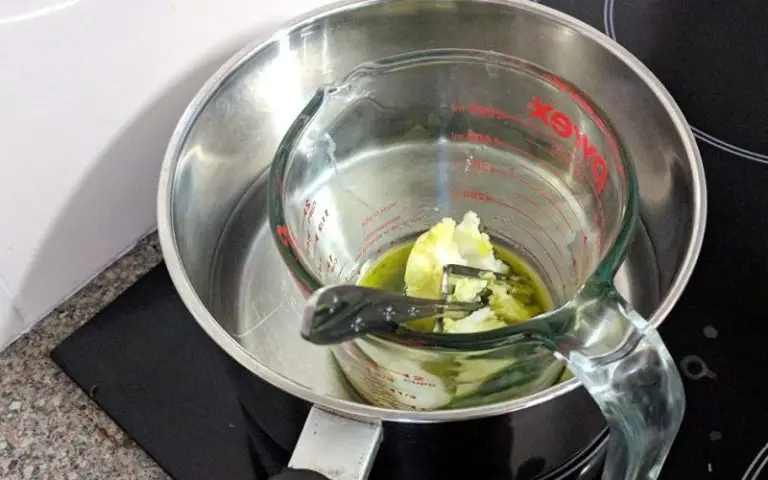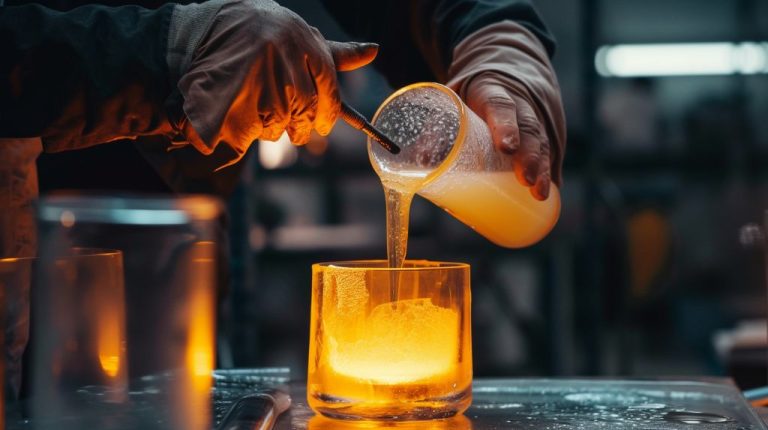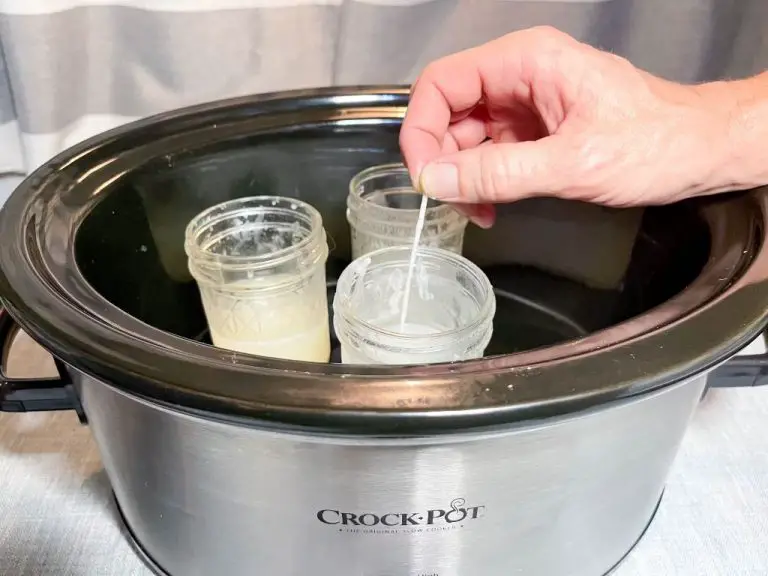What Type Of Object Is A Candle?
A candle is an ignitable wick embedded in wax, or another flammable solid substance such as tallow, that provides light through spontaneous combustion. Since ancient times, candles have served practical purposes providing light, marking time, and representing occasions, moods, or scents.
This article will provide an overview of candles, including their composition, how they work, the different types of candles, candle wicks, scents and safety considerations, the process of candlemaking, and decorative candle uses. We will trace the fascinating history of candle usage from ancient civilizations through to modern times. The many applications, varieties, and roles candles have played throughout human history will be explored.
Composition
Candles are primarily made of wax, which can come from various sources. Some common types of wax used for candle making include paraffin, beeswax, soy wax, palm wax, and gel wax (source). Paraffin wax, derived from petroleum, is the most widely used as it is inexpensive and easy to work with. Beeswax is a natural wax made by honey bees and has a pleasant honey aroma. Soy wax comes from soybeans and is often used for container candles. Palm wax comes from palm trees and is known for its hardness. Gel wax contains mineral oil for a smooth, transparent appearance.

In order for a candle to burn, it also requires a wick. Candle wicks are commonly made from braided cotton or paper fibers that have been saturated with wax or paraffin. The wick draws up melted wax through capillary action and provides a surface for the wax to vaporize on. This vaporized wax is what fuels the flame. So the composition of a basic candle includes wax fuel and a wick (source).
How Candles Work
The wick of a candle is a specially designed string that draws up melted wax to the flame via capillary action. As the flame heats the wax, it melts and travels up the wick. When the wax reaches the flame, it vaporizes into a hot gas that ignites and sustains the flame. According to the Candle Science website, “When a candle burns, the flame heats the nearby air and starts to rise. As this warm air moves up, cooler air and oxygen rush in at the bottom of the flame to replace it.”
This constant cycle creates a controlled, self-sustaining flame that will continue burning as long as there is melted wax to vaporize. The wax acts as fuel for the candle, while the wick regulates the size and shape of the flame. Different wick materials and thicknesses allow candles to burn at different rates and temperatures. But in all cases, the capillary action of the wick draws the liquefied wax upward to fuel the flame. This unique mechanism provides candles with a consistent, steady source of combustible vapor for their flames.
Sources:
https://candles.org/candle-science/
https://www.explainthatstuff.com/candles.html
Types of Candles
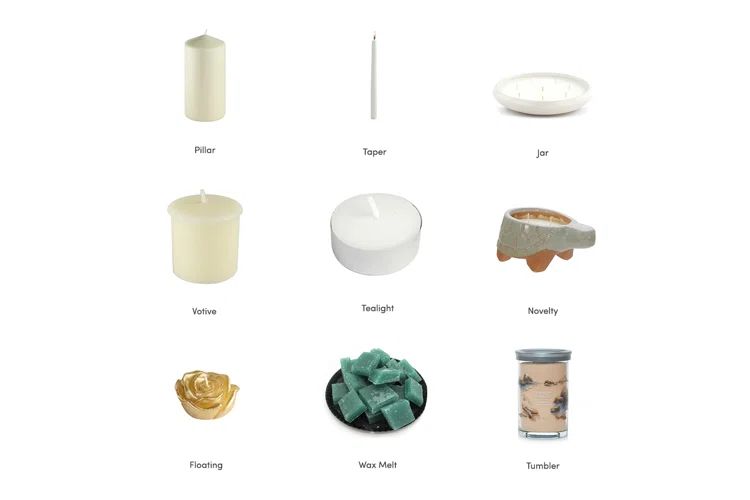
Candles come in a variety of shapes and sizes for different uses. Some of the most common types of candles include:
Taper Candles
Taper candles are long, thin candles that are generally used in candleholders. They are typically made from paraffin or beeswax. Tapers are commonly used for decorative purposes and come in a range of heights from 4 inches to over 3 feet tall (Yankee Candle).
Votive Candles
Votive candles are short, stout candles that are designed to fit into small glass containers called votive holders. Votive candles are generally 1-3 inches tall and around 1 inch in diameter. Their small size makes them popular for decorative uses (WebstaurantStore).
Pillar Candles
Pillar candles are thick, vertical candles that are designed to stand upright. They come in a variety of sizes, ranging from small 4-inch candles to large 12-inch pillars. Pillar candles are commonly used as centerpieces and decoration (Yankee Candle).
Container Candles
Container candles refer to candles that come prepackaged in a glass, metal or plastic container or holder. They come in various shapes and sizes. Container candles make decorative home accents and are also convenient because they don’t require a separate holder (WebstaurantStore).
Floating Candles
Floating candles have a body made from wax that is designed to float on water, such as in a bowl, vase or floating candle holder. The wick remains above the surface of the water so the candle can burn while floating (Yankee Candle).
Novelty Candles
Novelty candles refer to uniquely shaped or designed candles. This includes shaped candles modeled after recognizable objects, as well as things like multi-wick candles, dripless candles, etc. Novelty candles are often used for themed decor or special occasions (WebstaurantStore).
Candle Wicks
Candle wicks are a crucial component in candlemaking. The wick is responsible for drawing liquid wax up through capillary action and providing a flame source as the wax melts and vaporizes. Wicks are available in different materials, styles, and sizes depending on the type of candle being made.
Most modern candle wicks are made from braided cotton (Source). Cotton absorbs liquid wax well and provides an even, steady burn. Other natural materials can also be used to handmake wicks, like paper, wood splints, hemp, and beeswax (Source). Synthetic wicks are occasionally made from rayon or zinc.
Wick styles include: knitted, braided, twisted, and cored wicks. Knitted wicks tend to be soft and flexible. Braided and twisted wicks are made by twisting cotton fibers together for a tighter construction. Cored wicks contain additional materials like paper or zinc woven inside for structure (Source).
Proper wick sizing is also important. Thicker candles require larger wick diameters to provide an adequate melt pool. Standard wick sizes range from size #0 to #20. Wick sizing charts help determine the right wick for a given candle diameter and wax type.
Candle Scents
Candle scents can be created using natural essential oils extracted from plants or synthesized fragrance oils made in a lab. Many candle makers use a blend of natural and synthetic fragrances to produce popular scents. Some of the most common natural scents include lavender, citrus, pine, cinnamon, and vanilla. These can be blended with synthetic fragrances that replicate smells like cotton, leather, baked goods, and fruits.
According to research by Candle Delirium, some of the most popular candle scents are clean cotton, mahogany teakwood, pumpkin, fresh balsam, and lemon lavender. The scent possibilities are endless when makers blend multiple fragrance oils together. Popular fragrance combinations include fruity-floral scents like blackberry and sage or seasonal scents like spiced apple and cranberry.
No matter if they use natural or synthetic scents, skilled candle makers know how to expertly mix fragrances to create delicious, complex, and inviting aromas. When shopping for candles, it’s best to smell them in person to find a scent profile you love.
Candle Safety
Candles can pose fire hazards if not used properly, so it’s important to follow safety precautions. According to the U.S. Fire Administration, candles cause an estimated 8,000 home fires each year in the U.S. (https://www.usfa.fema.gov/prevention/home-fires/prevent-fires/candle/).
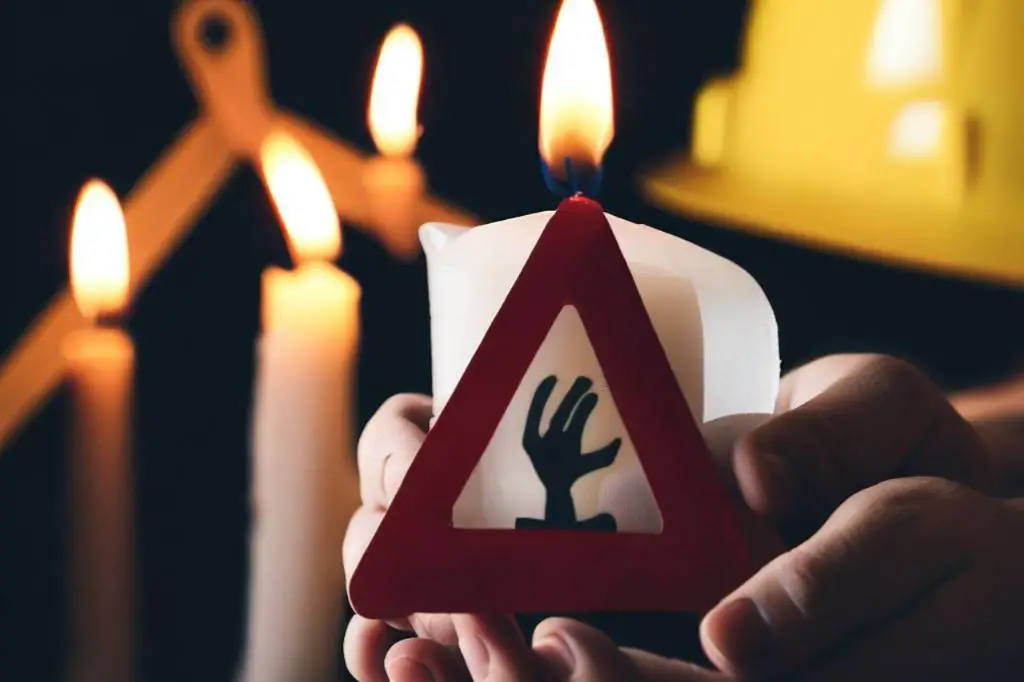
Since candles have an open flame, it’s critical to place them away from anything flammable. The National Fire Protection Association advises keeping candles at least 12 inches away from curtains, papers, decorations or anything else that can burn (https://www.nfpa.org/education-and-research/home-fire-safety/candles).
Properly trimming the wick to 1⁄4 inch before lighting can also prevent excess smoke and uneven burning. Long or crooked wicks can cause flare-ups or tip the candle over. The Hartford recommends trimming wicks each time before lighting (https://www.thehartford.com/about-us/junior-fire-marshal/candle-fire-safety).
Warning signs like black smoke, flames coming out the top, or excessive dripping indicate the candle is unsafe. These candles should be promptly extinguished and discarded.
Candlemaking
Making candles at home is a fun DIY project that allows you to create customized, scented candles. The basic steps involve preparing the candle wax, adding fragrance, and pouring the wax into containers to make candles. Here are some tips for candlemaking at home:
You’ll need candle wax, either paraffin or soy, candle wicks, fragrance oils, and jars or other containers for pouring. It’s recommended to use a double boiler to melt the wax at the proper temperature. Add candle dye blocks or liquid dye to color the wax. Once the wax is melted, add fragrance oils for your desired scent. Carefully pour the wax into containers, adding wicks centered in each one. Allow candles to fully cool and harden before burning.
Equipment like thermometers, pouring pots, and wick stickers can help streamline the process. Use care when melting wax to avoid burns. Stir wax frequently so fragrance distributes evenly. Adhere to the recommended wick size for your candle diameter. Trim wicks to 1⁄4 inch before burning to prevent smoking. With some supplies and safety measures, candlemaking can be an enjoyable hobby to make personalized, homemade candles.

For more detailed instructions, see this guide from Better Homes and Gardens.
Decorative Candles
Candles can be decorated and displayed in creative ways to enhance the ambiance of any occasion. For holidays and special events, candles often play a central role in tablescapes and room décor.
Popular decorative candle ideas for the holidays include filling glass vases or jars with pinecones, ornaments, and tea lights to create festive centerpieces (Pinterest, 2022). Candles can also be displayed on decorative trays or platters with holiday flowers, greenery, berries, pinecones, and other seasonal accents (Pinterest, 2022).
Unique candle holders such as lanterns, glassware, and candlesticks help display candles in eye-catching arrangements. Clustering assorted candle holders together on shelves, mantels, or dining tables creates an artful candle display (Pinterest, 2022).
For special occasions like weddings and parties, decorative touches can be added to individual candles. This includes wrapping candles with ribbon, embellishing with flowers or jewelry, or suspending crystals from the candleholder (Pinterest, 2022).
Conclusion
In summary, candles are objects made of wax with an embedded wick that provides light as it burns. They have served an important role throughout human history, from ancient civilizations using candles as a light source to modern times where they are used for religious ceremonies, ambience, aromatherapy, and more.
The history of candlemaking dates back thousands of years, with evidence of candles used by Ancient Egyptians, Romans, and Chinese civilizations. Candles were crucial before the invention of electricity, providing light and warmth. While not as vital today for lighting, candles continue to be used for their symbolic significance and their ability to create a desired atmosphere.
From basic tallow or beeswax candles to more advanced wax blends, candle wicks, scents, and shapes, the evolution of candlemaking has led to a diversity of candle options. While basic safety precautions need to be taken, candles remain popular due to their classic, nostalgic appeal and versatility.


